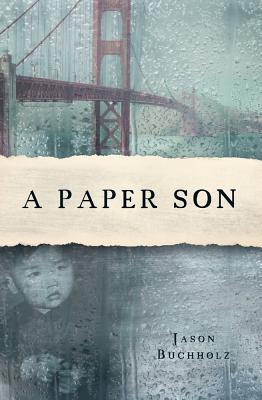Goodreads description
Where do the ideas for stories come from? It is a question authors are often asked. The answer can be surprising. Anything can act as a stimulus - a conversation overheard, some music wafting from a doorway, a stranger passing in the street, a landscape. If the author is "in the zone" then s/he will detect these stimuli everywhere. Jason Buchholz's fictional author, Peregrine Long, finds inspiration in a cup of tea, in a swim in the rain, in an old man dressed in strange clothes and carrying a rifle in the street... But this is a magic-realist book and it becomes clear, with the arrival of the strange woman accusing him of stealing her family story, that this is more than abstract inspiration. The woman wants to know what happened to her uncle Henry - the boy at the heart of Peregrine's new work. History is leaking into Peregrine's reality. The boundaries between fiction and non-fiction become fluid.
I use the word "fluid" deliberately. Water in all its forms appears throughout the novel. Peregrine starts the story as a major storm is about to hit San Francisco and it continues throughout the book. The first intimation of the story is in the tea-cup. What Peregrine sees in the cup is Henry's family on a ship returning to China. That water is hugely important is clear but why?
The story becomes a magic-realist mystery. What happened to the boy Henry at the centre of Peregrine's novel and the woman's real-life uncle? Why has Peregrine been chosen as the vehicle for Henry's story? The answer to the mystery can only come by Peregrine listening to his "inspiration" and writing the novel.
As you can see there are a lot of layers to A Paper Son. The narrative keeps moving from Peregrine's story to Henry's, but the mystery and Jason Buchholz's writing kept this reader's attention.
I received this book free from the publisher in return for a fair review.

No comments:
Post a Comment